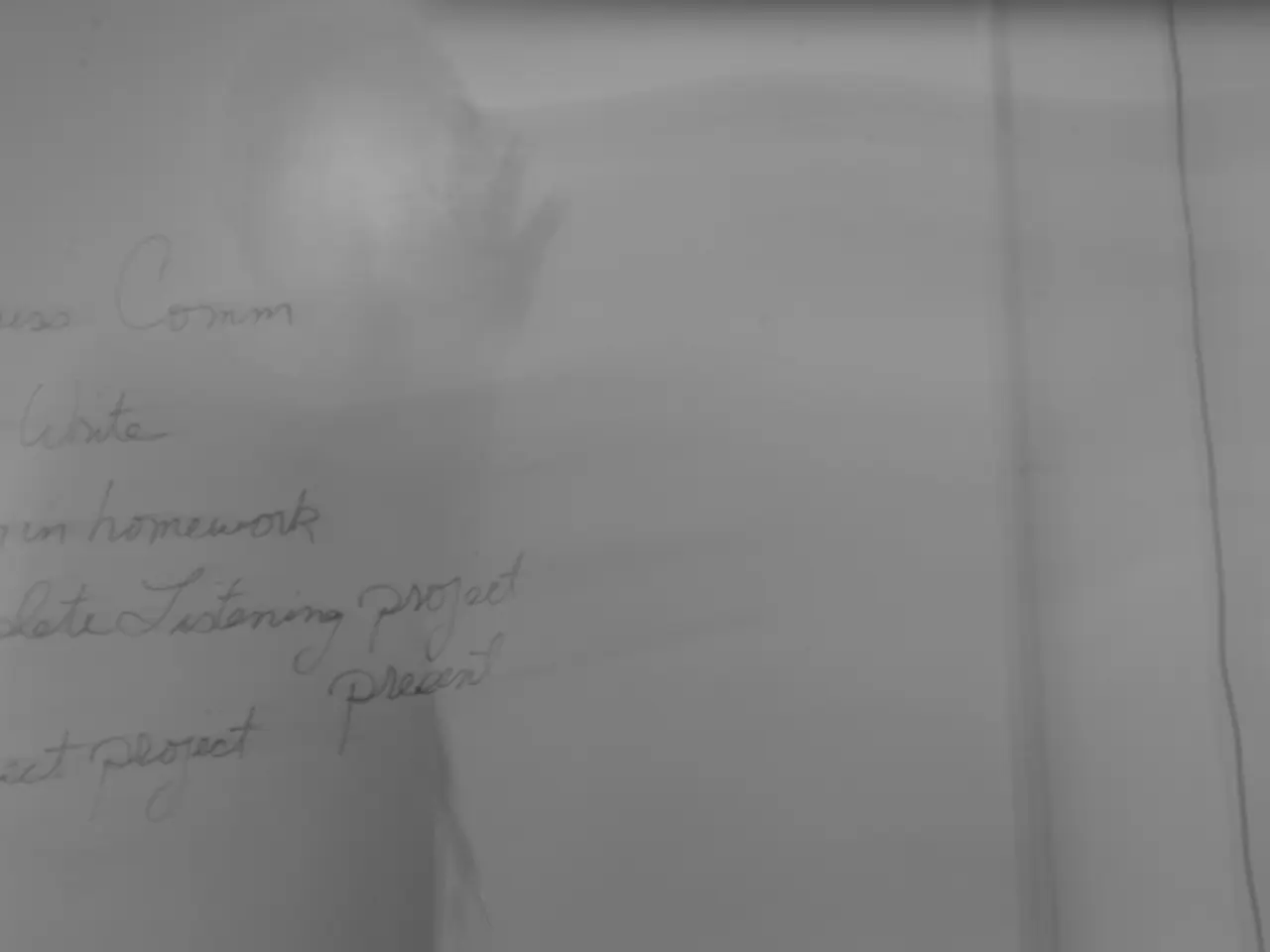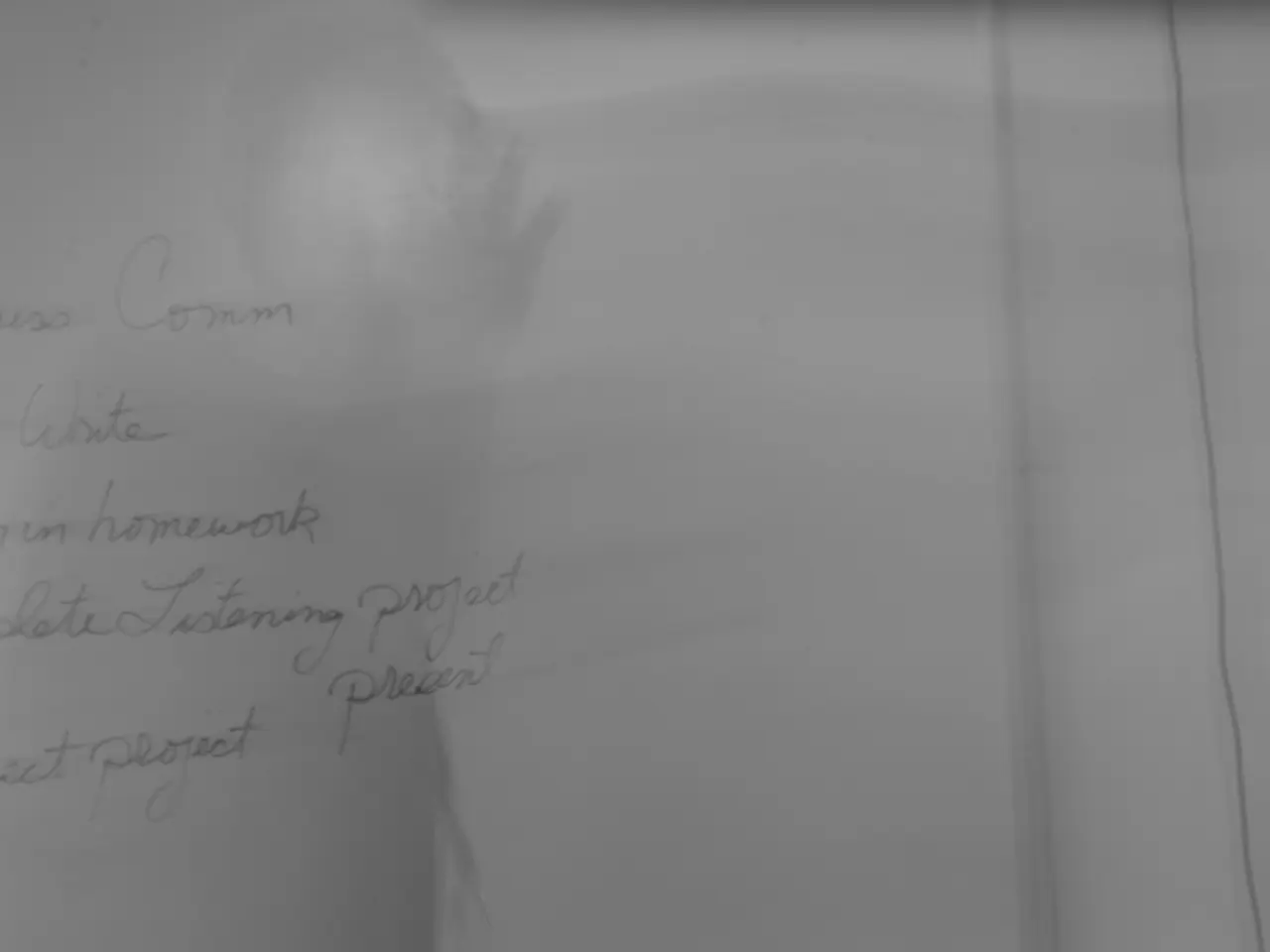Updated Tariffs Announced by Trump: Current Status Following New Duties Reveal
In a series of moves aimed at addressing trade imbalances, former President Donald Trump imposed tariffs on various trade partners, including Canada, China, and the EU.
In March 2020, Washington imposed a 25% tariff on Canadian cars and auto parts, and added a 50% levy on steel and aluminum imports in June. Goods from about 60 other trade partners would face "reciprocal tariffs" higher than 10%.
Trump also announced a 25% tariff on Indian goods, plus an additional penalty due to India's purchase of Russian oil that helps finance Russia's war in Ukraine. China, the world's second-largest economy, has tariffs on its goods ranging from more than 100% to the US, with a potential 145% levy threatened by Trump, and a pause in these tariffs set to end on August 12. China has retaliated against Trump's tariff threats by blocking the sale of rare earth minerals and components used by American defense and high-tech manufacturers.
However, as of early August 2025, most of the reciprocal tariffs imposed under Trump's administration on various trade partners—including the EU, Japan, South Korea, and China—are currently either paused, reduced, or subject to ongoing bilateral trade negotiations and agreements.
The EU will charge US firms no duties at all and has pledged to buy $750 billion of US energy. With regard to South Korea, recent negotiations resulted in a 15% baseline tariff on all imports from that country. Donald Trump announced a 10% "baseline tariff" on all goods imported to the United States.
Trump threatened to raise current tariffs on Mexico from 25% to 30%, but later extended Mexico's current rates for 90 days for more trade negotiations. South Korea has agreed to invest $350 billion in US projects and to purchase $100 billion of liquefied natural gas and other energy products.
Under a deal with Japan, Japan's exports to the US will be taxed at 15%, including automobiles. Switzerland now faces a 39% duty on its goods, an increase from the previously threatened 31%. Trump singled out Canada for a separate tariff hike, raising levies for goods from the country from 25% to 35% starting on Aug. 1.
The US and the European Union agreed that European goods imported to the US would face a 15% baseline tariff. Products from the Philippines will face a 19% levy, Vietnam will see its shipments subject to a 20% tariff, and Indonesian exports to the US will be taxed at 19%. Brazil faces a potential 50% tariff on its products due to political differences with Trump.
The UK was the first country to strike a trade deal with Washington, with British products subject to a 10% base rate. Trump's tariff order on Canada also cited Canada's failure to "cooperate in curbing the ongoing flood of fentanyl and other illicit drugs" and its "retaliation" against his measures.
While Trump's reciprocal tariff program remains formally in place, many tariffs have been reduced from their initial announced rates via negotiated agreements, and others are under active negotiation with deadlines extending into August 2025. The administration continues to use tariffs as leverage for bilateral trade deals aiming to address trade imbalances.
- The former President Donald Trump's administration imposed a 25% tariff on Canadian cars and auto parts, and added a 50% levy on steel and aluminum imports, targeting goods from about 60 other trade partners with reciprocal tariffs higher than 10%.
- China, as the world's second-largest economy, has tariffs on its goods ranging from more than 100% to the US, with a potential 145% levy threatened by Trump, and a pause in these tariffs set to end on August 12.
- In response to Trump's tariff threats, China has retaliated against the US by blocking the sale of rare earth minerals and components used by American defense and high-tech manufacturers.
- The EU will charge US firms no duties at all and has pledged to buy $750 billion of US energy, while products from the Philippines will face a 19% levy, Vietnam will see its shipments subject to a 20% tariff, and Indonesian exports to the US will be taxed at 19%.
- Trade negotiations have resulted in a 15% baseline tariff on all imports from South Korea, and Japan's exports to the US will be taxed at 15%, including automobiles, while Switzerland now faces a 39% duty on its goods, an increase from the previously threatened 31%.








